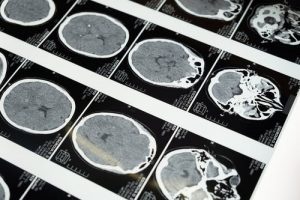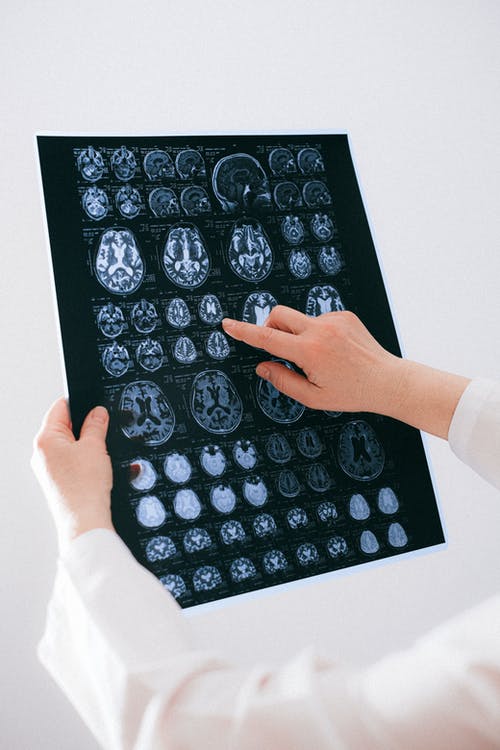Researchers are hopeful that traumatic memories can be reduced, and possibly eliminated, with reinvented exposure therapy.
Stephen Maren, professor of psychological and brain sciences at Texas A&M University, and his colleagues have found a way to minimize the impact of traumatic memories in individuals who suffer from adverse trauma-related symptoms. Their research suggests that clinical procedures used to reactivate these memories offer an opportunity to also altered them or even erase them entirely. The team published their findings this month in Nature Neuroscience.
Therapists sometimes use imaginary to safely retrieve traumatic memories or experiences. Maren used the example of a veteran wounded by an explosive device who might be asked to re-experience the lights and sounds of the explosion without the consequences of the actual event. This is done in order to desensitize the patients to the memories through exposure therapy.
“The one major challenge is when you do the extinction procedures, it doesn’t erase the original trauma memory,” Maren said. “It’s always there and can bubble back up, which is what causes relapse for people who re-experience fear.”

In the study, the team notes, “Reconsolidation may be a viable therapeutic target to inhibit pathological fear memories. In the clinic, incidental or imaginal reminders are used for safe retrieval of traumatic memories of experiences that occurred elsewhere. However, it is unknown whether indirectly retrieved traumatic memories are sensitive to disruption.”
So, the Texas A&M researchers took the concept behind current exposure treatment and attempted to “isolate a memory and drive fear responses by reactivating it artificially, and potentially disrupt the original memory itself,” Maren said, adding that their findings “suggest that procedures currently used by clinicians to indirectly reactivate traumatic memories create an opportunity to change or eliminate them.”
A conditioning procedure was utilized in which a signal becomes indirectly associated with a fearful event. When it is introduced again, later on, it indirectly reactivates a memory, increases activity in the hippocampus, which is the brain’s memory center. This part of the brain also helps a person to store new information. Damage to the hippocampus due to trauma can cause flashbacks, an inability to remember important facts, an inability to store new information or cause one to become forgetful.
The team explains, “Here we used a backward (BW) conditioning procedure to indirectly retrieve and manipulate a hippocampus (HPC)-dependent contextual fear engram in male rats. We show that conditioned freezing to a BW conditioned stimulus (CS) is mediated by fear to the conditioning context, activates HPC ensembles that can be covertly captured, and chemo genetically activated to drive fear, and is impaired by post-retrieval protein synthesis inhibition. These results reveal that indirectly retrieved contextual fear memories reactivate HPC ensembles and undergo protein synthesis-dependent reconsolidation. Clinical interventions that rely on indirect retrieval of traumatic memories, such as imaginal exposure, may open a window for editing or erasure of neural representations that drive pathological fear.”
Maren said further research is needed to determine whether it would be possible to allow for the permanent loss of trauma memories.
Sources:
Researchers Find They Can Weaken Fear Memories, a Discovery That Could Help Treat Trauma
Covert capture and attenuation of a hippocampus-dependent fear memory


Join the conversation!